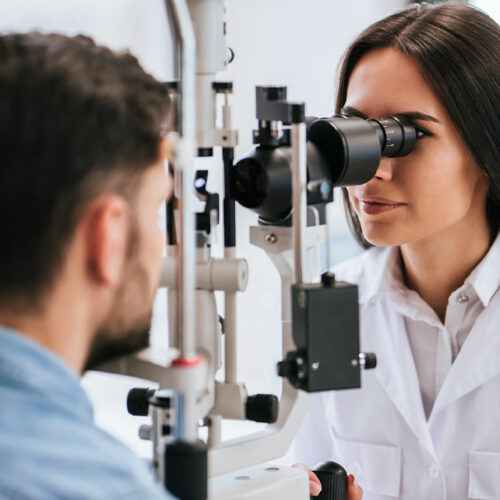Follow These 7 Tips for a Healthy and Glowing Skin

Good skin care is the key to retaining your skin’s natural glow and preventing various skin problems. It does not always require spending dollars on various beauty treatments. Instead, you can practice a healthy skin care regimen to boost and naturally maintain glowing and youthful skin. These methods will help keep the skin’s elasticity, reduce wrinkles and fine lines, and control acne. Here are seven simple tips to make your skin look healthy and beautiful. Apply sunscreen every day One of the ways to keep your skin healthy is by protecting it from the sun’s damaging ultraviolet rays. Chronic exposure to sunlight can cause burns and pigmentation. Over time it can reduce skin’s elasticity leading to visible signs of aging and other skin diseases. To protect your skin from the sun’s damaging rays, make sure you are applying sunscreen generously to all areas of exposed skin before going outside. It is good to choose a broad-spectrum tinted moisturizer sunscreen for the face, with an SPF of at least 30, depending on your skin type. Tinted sunscreens not only work to protect against sun damage but can also camouflage imperfections such as hyperpigmentation and blemishes. Get the right nutrition Eating nutrient-rich foods is one of the best ways to treat your skin from the inside.






